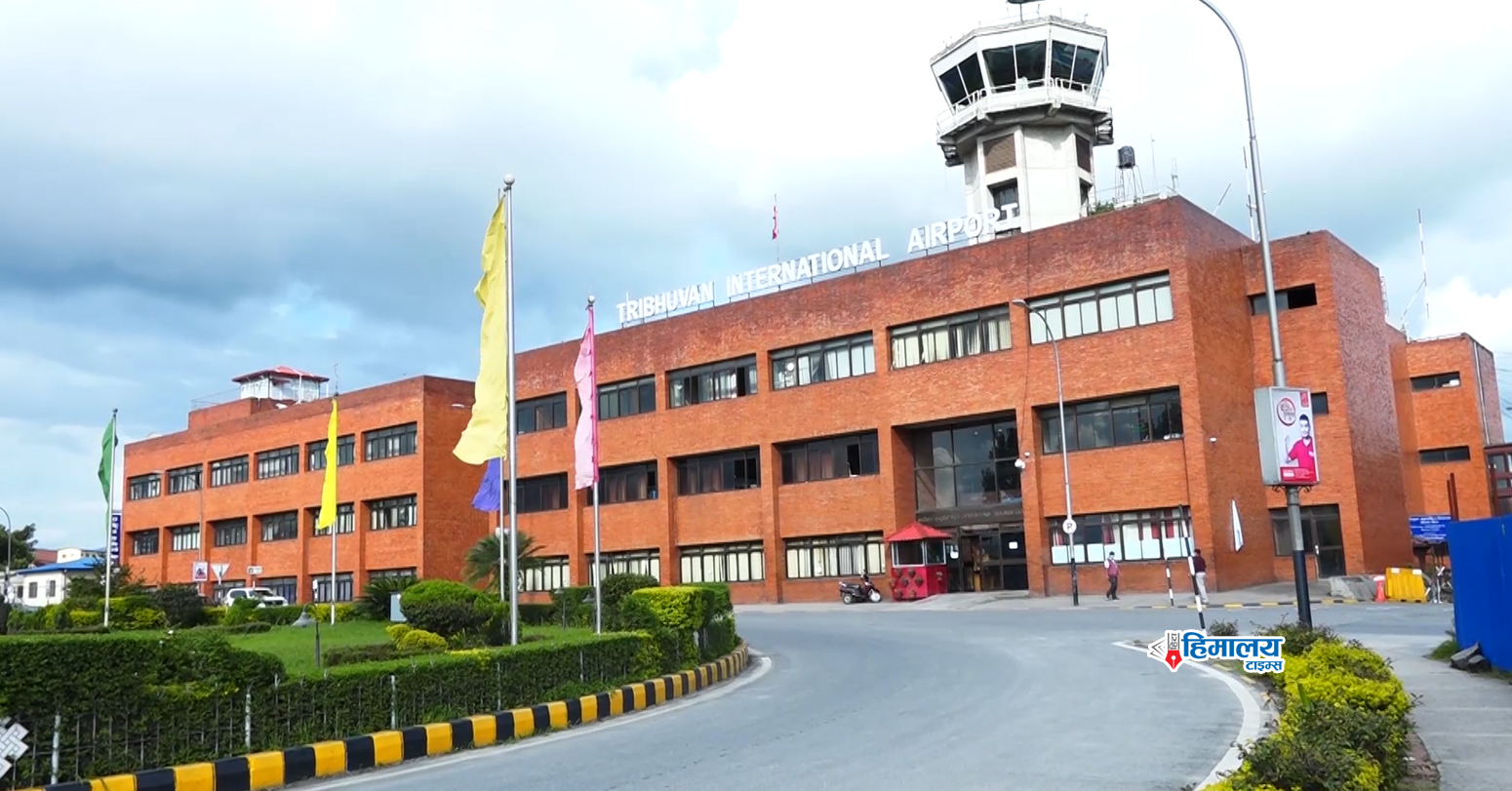
Nepal has recently experienced a concerning shift in weather patterns with increasing temperatures during the summer season. These changes affect the country's ecological balance and threaten its people's well-being. According to the World Health Organization (WHO), global climate change is projected to increase heat waves' frequency, intensity, duration, and attributable death. In addition, recent data from the Department of Hydrology and Meteorology (DHM) indicates that this summer, meteorological stations across the country recorded temperatures surpassing the highest levels seen in the past four to five decades, with some locations in the Tarai region exceeding 40 degrees Celsius. The rise in temperature has exacerbated the challenges faced by urban cities. A 2019 study by Bijesh Mishra found that the development of new urban and semi-urban centres has increased the temperature of the Kathmandu valley relative to the outskirts, leading to Urban Heat Island effect. This continuation of high temperatures for a specific predetermined time is known as a heat wave.
Heat waves do not have a universal definition; each country defines them based on its unique climatic conditions and historical temperature data. However, from the technical perspective, the Intergovernmental Panel on Climate Change (IPCC) defines a heat wave as "a period of abnormally hot weather, often defined concerning a relative temperature threshold, lasting from two days to months”. Nepal’s definition of heat wave is divided into three categories, namely Mild, Moderate, and Severe, which are divided based on the degree to which the temperature threshold is crossed for a minimum of three days. The current definition, however, does not incorporate humidity levels, which are crucial in heat stress and the human body's ability to cool. Ignoring humidity can lead to underestimating the actual risk posed by heat waves. Additionally, the uniform application of temperature thresholds across the country fails to account for the significant climatic differences between regions such as the Tarai, Mid-hills, and Himalayan areas. The Tarai region, for instance, experiences much higher temperatures than the higher-altitude Himalayan areas.
WHO emphasises that prolonged exposure to extreme heat creates cumulative stress on the human body, increasing the risk of illness and death from heat exposure. The impact extends beyond health, bringing a cascading effect over the oncoming monsoon season and disasters like floods.
Usually, we relate heat waves to increased temperature, but the story of heat waves is more intricate. Heat waves have an immediate effect on human health, causing heat exhaustion, heatstroke, and dehydration. It besets public health, particularly affecting vulnerable groups such as young children, outdoor workers, the elderly, pregnant women, and nursing mothers. WHO emphasises that prolonged exposure to extreme heat creates cumulative stress on the human body, increasing the risk of illness and death from heat exposure. The impact extends beyond health, bringing a cascading effect over the oncoming monsoon season and disasters like floods. It also affects the environment, with animals experiencing heat stress and plants potentially suffering from drought or heat damage. Given these risks, there is a need for immediate action to respond to heat waves.
To minimise the effect of heat waves, the National Disaster Risk Reduction and Management Authority (NDRRMA), MoHA, issued the first plan of action for risk reduction and response to heat waves in May 2024. The heat wave plan emphasises preparedness strategies by raising awareness and highlights response mechanisms targeting vulnerable groups, such as mobilising health posts to distribute medicines, ORS, etc. However, these efforts are vague and lack the sophistication required to address heat waves' complex and dynamic nature. The plan provides basic instructions that do not reflect the severity or variability of heat events across different regions. Questions can be raised about the country’s understanding of heat waves and their scientific definition, followed by its weaker legislative efforts in recognising their severity.
Instead, Nepal must promptly adopt a more region-specific classification system for heat waves, similar to those used in other countries. For instance, in the USA, heat index is determined by the combined effect of air temperature and relative humidity. Similarly, in Brazil, special consideration is given to urban areas, where heat can be intensified by infrastructure and lack of green spaces. Consequently, policies focus on mitigating these effects through urban planning and increased vegetation. In many other countries, In England, the Heat Health Watch system operates from June 1st to September 15th, categorising its regions into four levels: Preparedness, Alert and Readiness, Heatwave Action, and Emergency. These levels are based on pre-defined daytime and nighttime temperature thresholds that vary from region to region, but the average threshold temperature is 30ºC during the day and 15ºC overnight. Furthermore, in Australia, the Excess Heat Factor (EHF) is used to classify heat waves. The EHF combines a comparison of the average temperatures for a 3-day period with what would be considered hot at that location and the observed temperatures at that location over the past 30 days. It considers both the intensity and duration of heat events. Even in our close neighbour, India, varying thresholds are provided for different regions (e.g., 40°C in the plains, 37°C in coastal areas, and 30°C in hilly regions), considering humidity and duration of the heat wave. While every other nation has scrutinised the long-term impact of heat waves and developed respective response plans, we fail to delve into a comprehensive understanding of heat waves at the policy level itself.
There must be an operational forecast of maximum temperature over Nepal in the short and extended period to observe heat wave outlook and provide alerts 2-3 weeks prior.
Government agencies play a critical role in preparing and responding to heat waves locally by providing short-term relief measures and developing long-term strategic goals against heat waves. The response plans must heed the importance of building capacity by conducting training programs in rural municipalities. Focus should be made on collaborating with the provincial government, NGOs, and other stakeholders to develop interdisciplinary research projects, share best practices, and foster innovation in heat wave preparedness and response strategies. There must be an operational forecast of maximum temperature over Nepal in the short and extended period to observe heat wave outlook and provide alerts 2-3 weeks prior. An evaluation should be done to recognise the impact of the heat wave in the monsoon season. Moreover, a heat wave criterion can evolve, and a scientific model must be used to determine the best-suited definition, considering the climate variability and humidity.
The rising frequency and intensity of Nepal's heat waves are looming concerns requiring immediate and sustained attention. Addressing heat waves is not only a concern of public health but also a critical step in enhancing the resilience of the nation's population amid a rapidly changing climate. By adopting a more region-specific classification system, enforcing existing legislation, taking proactive measures to protect vulnerable populations, and focusing on long-term heat wave mitigation approaches, Nepal can significantly improve its heat wave management and safeguard its people’s lives.



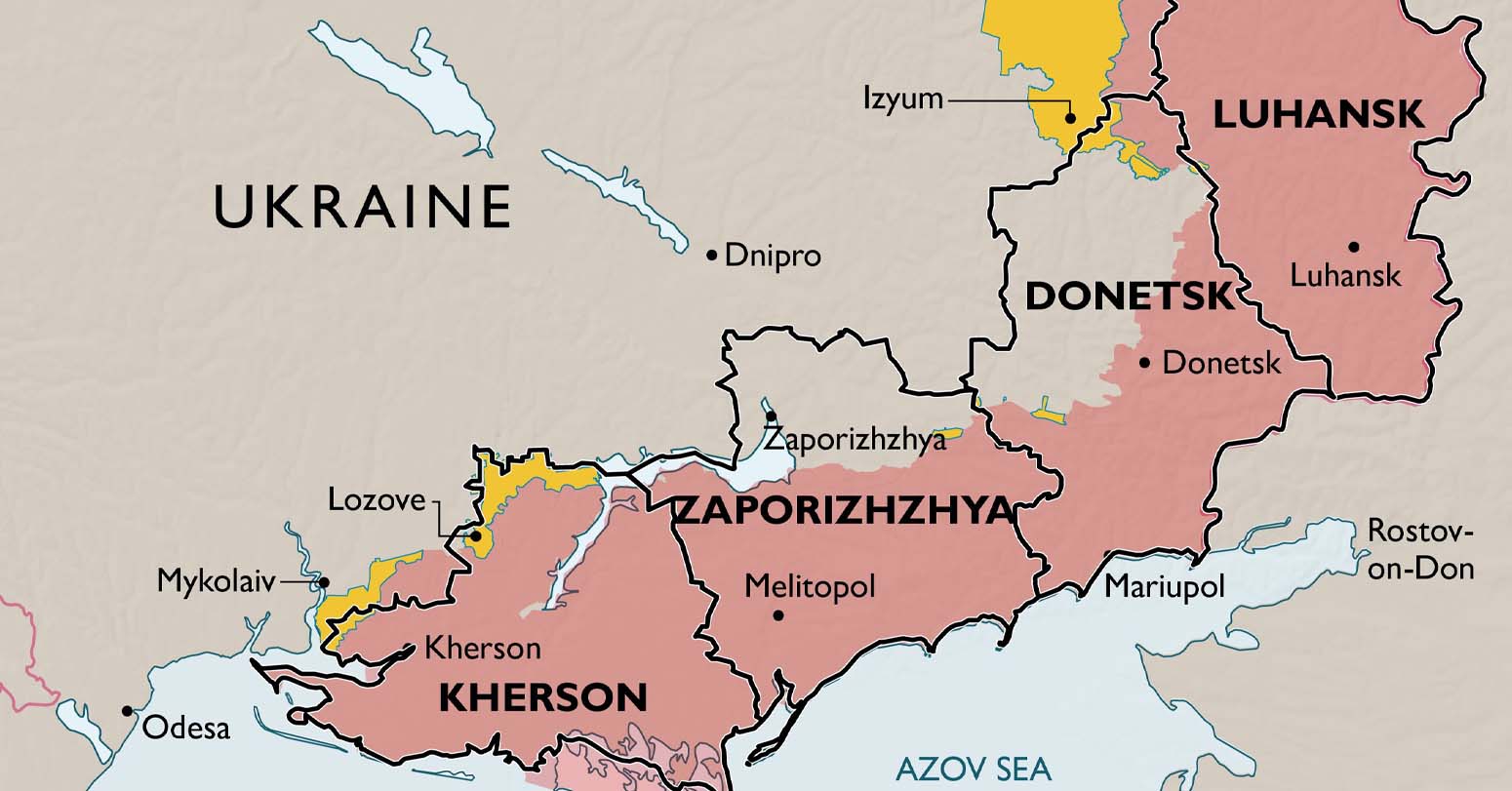

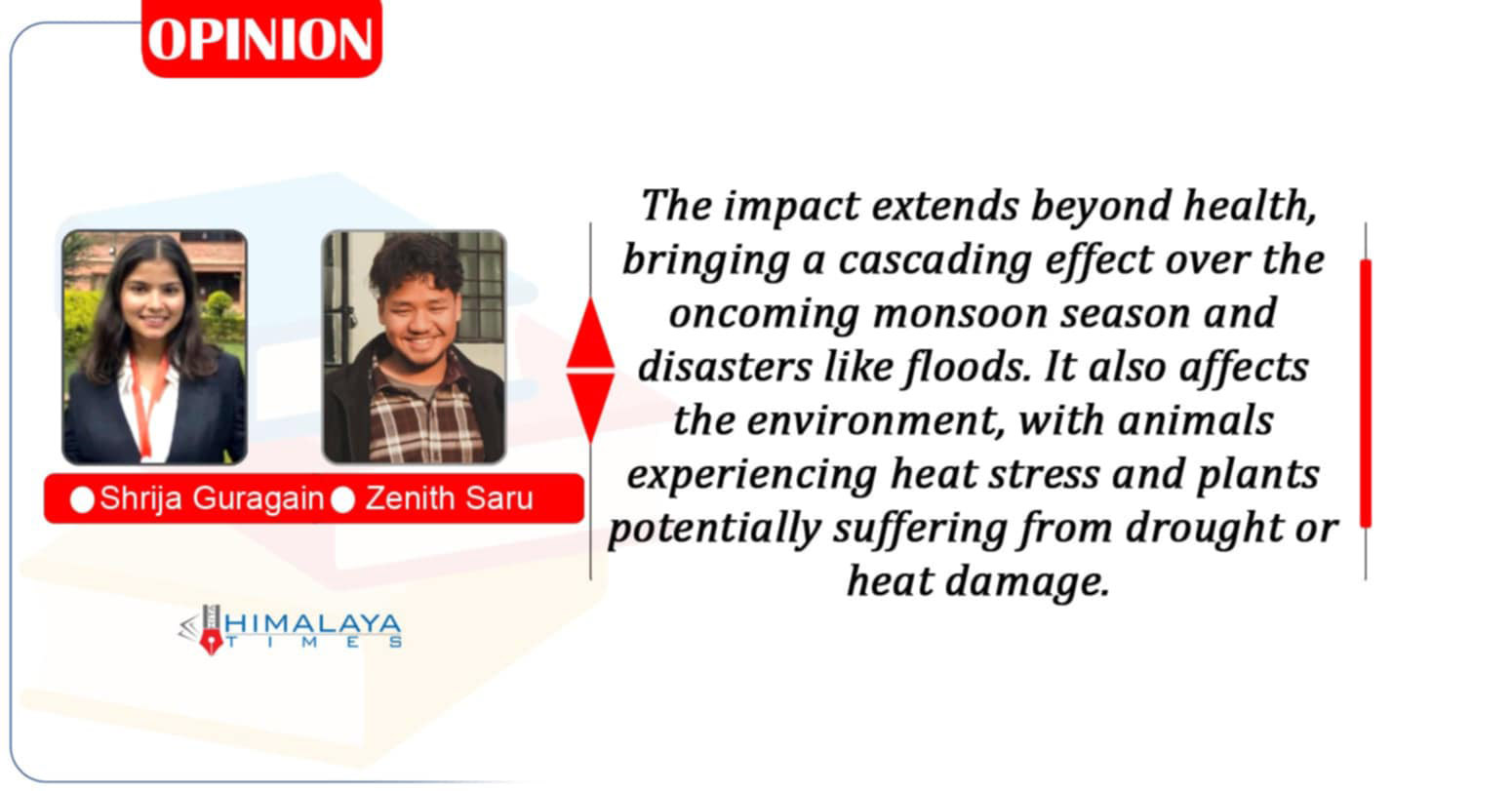
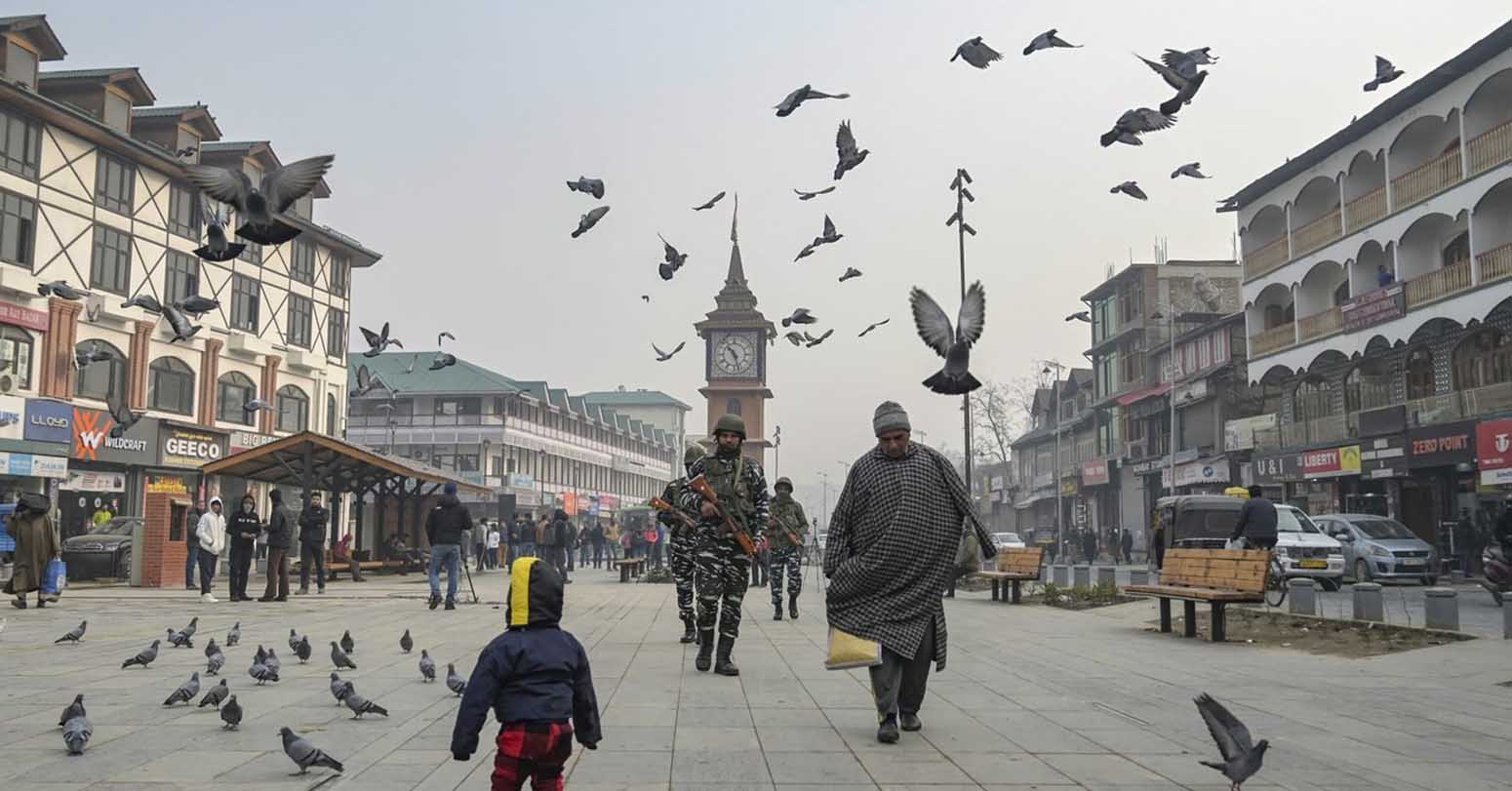

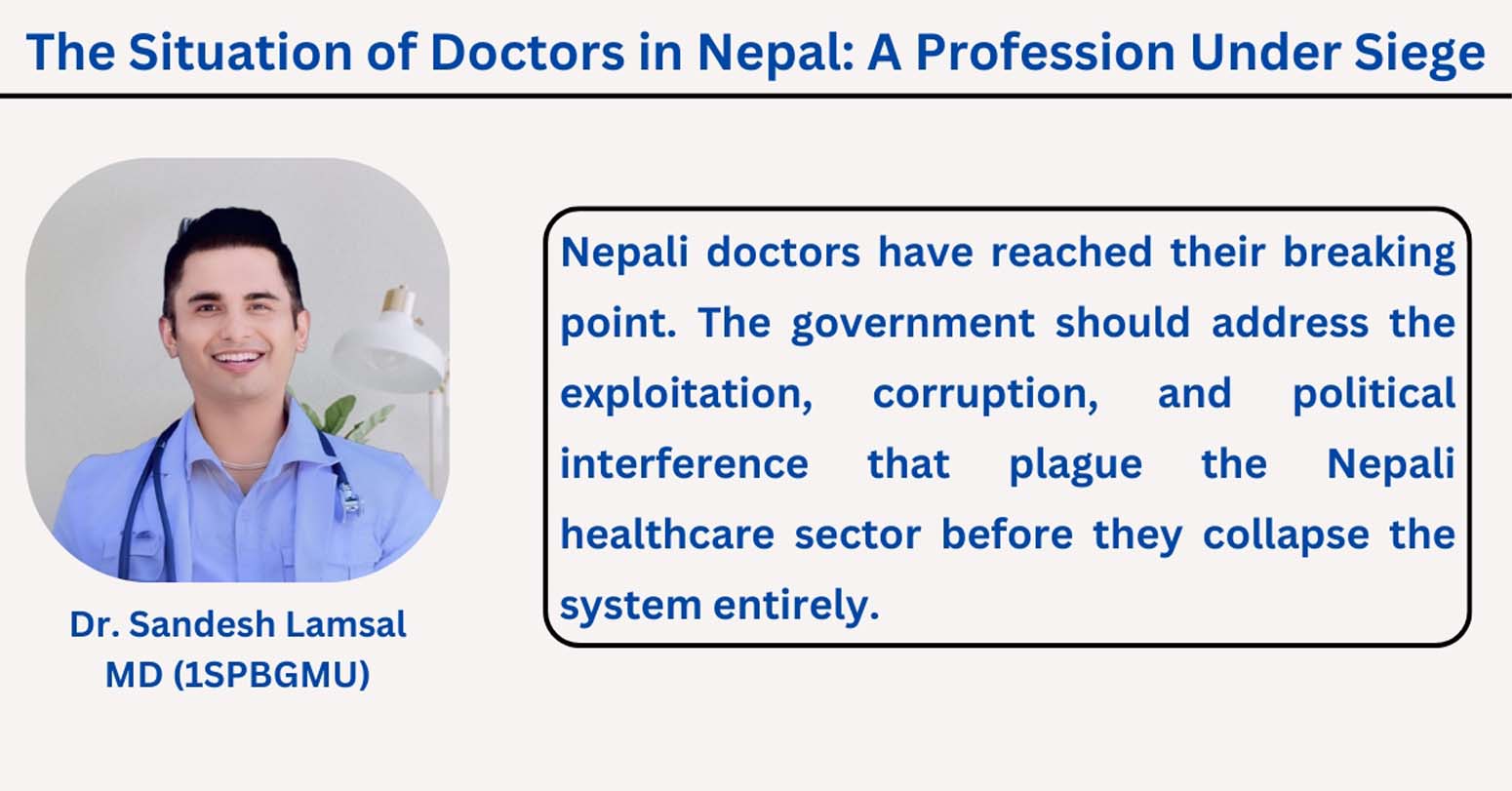





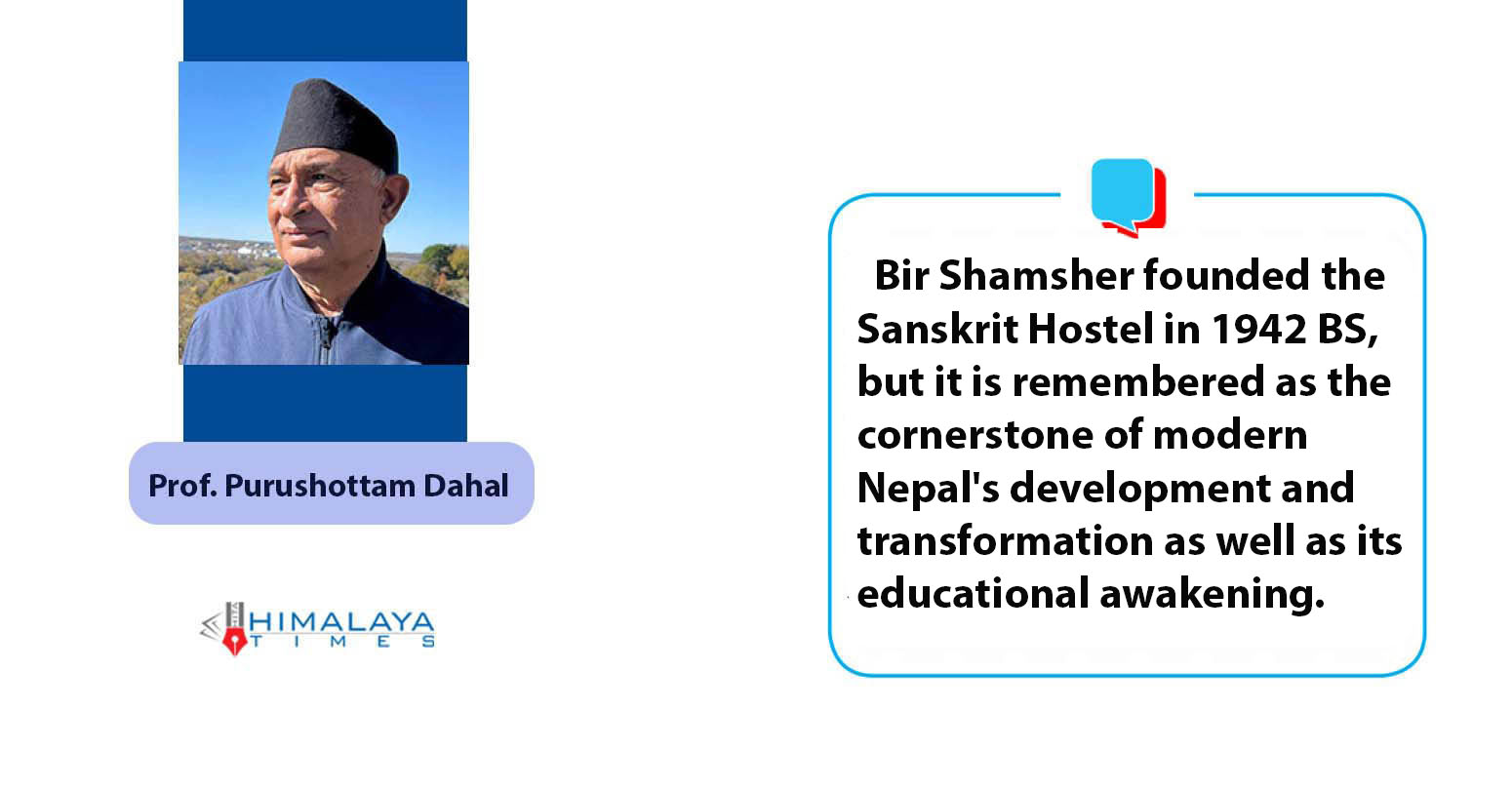



Middle-aged man spends millions to
Breathing The Unbreathable Air
Dr. Dharam Raj Upadhyay: Man
Comprehensive Data Protection Law Critically
Gender Differences In Mental Healthcare
Erosion of Democracy